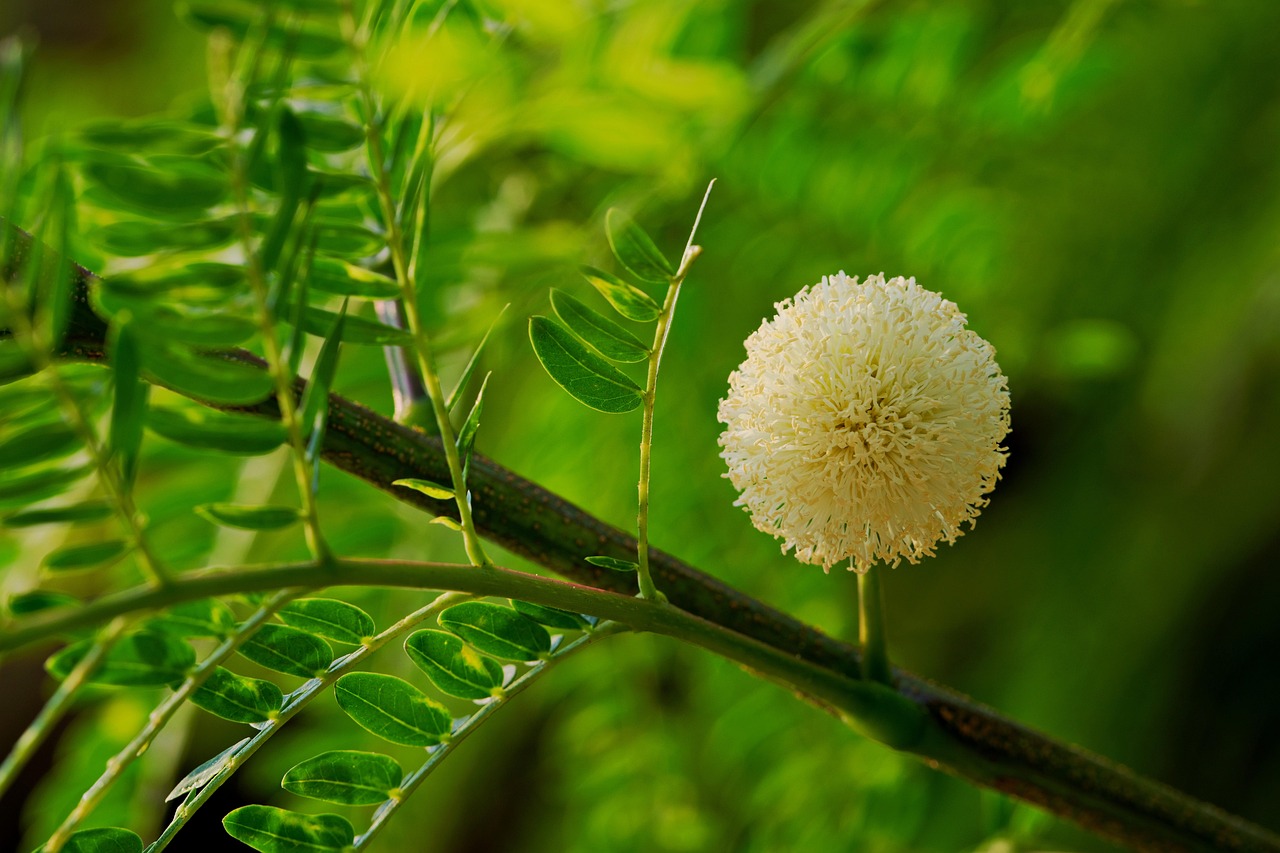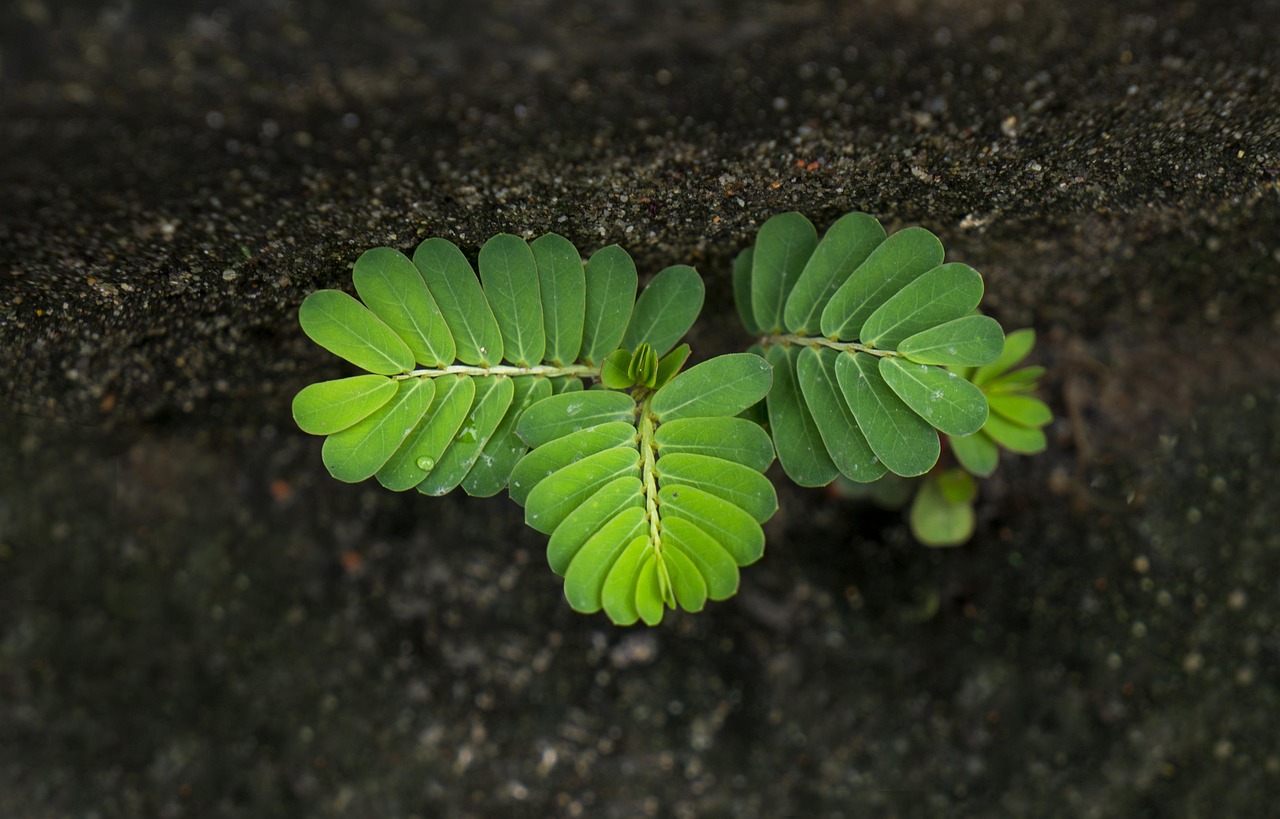Proper tamarind tree pruning is vital for health, productivity, and aesthetics in tropical regions. This guide covers optimal timing, tools, techniques, pest management, and harvesting to ensure your tamarind tree thrives. Follow these expert tips to maintain a vigorous, pest-free, and fruitful tamarind tree year-round.
The tamarind (Tamarindus indica) is one of my favorite trees—native to Africa but now flourishing in many tropical zones. I can still remember the first time I tasted its sweet yet tangy fruit; it felt like a little miracle hanging in my garden canopy. Growing well-drained soil is critical, and I always remind myself that while tamarind trees are drought-tolerant, their health depends heavily on proper care—especially pruning and maintenance.

From my experience, pruning isn’t just about aesthetics but about maintaining the tree’s health and productivity. I always focus on shaping the tree correctly because I’ve seen how poor pruning can lead to overcrowded branches, which restrict sunlight and air circulation. Leaving dead or diseased branches on the tree is a mistake I try never to make—I learned the hard way that these can become hotspots for pests and fungi if left unchecked.
My Take on Tamarind Tree Growth
I’ve watched tamarind trees grow up to 80 feet tall, with a sprawling canopy that can stretch as much as 40 feet. It took me a few years to realize that, although they make fantastic shade trees, they need regular pruning to keep them manageable. I remember an overgrown behemoth that shaded out my vegetable bed—lesson learned: understand your tree’s growth pattern to prune effectively.
Usually, these trees develop a thick trunk with outward-growing branches forming a broad canopy. Over years, this dense network of branches can shade out the inner parts and invite pests. That’s why knowing when and how to prune comes into play.

When I Prefer to Prune
I always aim to prune during the dry season—preferably late winter or early spring—before new growth kicks in. I learned the hard way that heavy pruning during the rainy season can stress the tree and invite mold or rot. Watching the weather and timing my sessions is my secret to successful pruning. I also keep an eye on the tree throughout the year for signs of disease or damage, because proactive measures are so much easier than fixing problems later.
Tools—My Personal Must-Haves
I learned early on that using the right tools makes all the difference. Here’s what I always keep handy:
| Tool | Description |
|---|---|
| Pruning Shears | Perfect for small branches (up to 1 inch). I always sterilize mine before use to prevent disease spread. |
| Loppers | Great for slightly thicker branches—up to 2 inches. They give me extra leverage. |
| Hand Saw | For larger, stubborn branches that refuse to cut cleanly. I warned myself to be cautious—safety first! |
| Safety Goggles | Always protect my eyes from flying debris, especially when working with thicker branches. |
| Gloves | I never prune without gloves—those branches can be prickly and scratchy. |
Pro-Tips
When I first started pruning my tamarind trees, I made the mistake of trimming too heavily during the rainy season. I learned the hard way that heavy pruning in wet weather can stress the tree and invite mold or rot. Now, I always schedule my pruning during the dry season—late winter or early spring—when the weather is more predictable and the tree is less vulnerable.
I used to overlook the importance of sterilizing my tools before pruning. It might seem minor, but I quickly noticed that failing to disinfect pruning shears and saws led to disease spread among my branches. Now, I always sterilize my tools with isopropyl alcohol or boiling water before each session to prevent infections.
When I first started thinning out overcrowded branches, I didn’t pay enough attention to the timing. I learned it’s best to do this about once a year, ideally before new growth begins, so the tree can recover and produce strong, healthy shoots. Forgetting to do this can lead to dense canopy issues and increased pest problems.
Initially, I underestimated the importance of removing dead and diseased branches immediately. I used to delay doing so, and pests or fungi would quickly take hold. Now, I inspect my tree regularly and remove problem branches as soon as I notice them, which keeps my tree healthier and more productive.
I used to be tempted to prune aggressively to control the tree’s size, but I learned that cutting just above a bud or side branch encourages bushier growth without stressing the tree. Patience with this technique results in a well-shaped tamarind that fits my space without overgrowth.
Finally, I once tried to harvest tamarind pods too early, not realizing how crucial it is to wait until the pods are fully brown and dry. Now, I patiently observe the pods and gently twist or pull only when they’re ripe, which guarantees better quality and flavor.
My Favorite Pruning Techniques
Over the years, I’ve learned a few tricks that really boost my tamarind’s health:

Thinning
I always almost instinctively thin out overcrowded branches to let in sunshine and air. I remember one season when I didn’t do it, and mold quickly took hold—ever learn the hard way!
Heading Back
This is my go-to for shaping the tree or controlling height—I cut branches just above a bud or side branch, encouraging bushier growth. It helps me maintain the size I want, especially in smaller yards.
Removing Dead and Diseased Wood
I make it a point to inspect and remove any dead or diseased branches immediately. If I don’t act, pests and decay can spread fast—experience has taught me this the hard way, so now I stay vigilant.
Post-Pruning Care: My Routine
After pruning, I give my tamarind a little extra TLC. Deep watering is essential, especially if I pruned heavily. Mulching around the base helps retain soil moisture and keeps weeds down. I also keep a lookout for stress signs or pests after pruning, because healthy recovery depends on timely care.
I’ve found that consistent care over the years keeps my tamarind productive and thriving. It’s like nurturing a friend—attention and patience go a long way.
Beware of Pests and Diseases—I’ve Learned From Experience
It’s true; pests and diseases are the biggest threats I’ve faced. I’ve dealt with tamarind weevils, leafcutter ants, aphids, and scale insects—each requiring different strategies. A quick inspection often reveals early signs, which I catch before they become major issues.
Diseases like fungal infections or bacterial wilt have shown up if I neglect proper watering or sanitation. My warning? Always stay alert. Overwatering, poor drainage, or dense foliage create perfect conditions for trouble. I always remind myself that prevention is better—regular inspections, proper hygiene, and good airflow are my best defense.
Managing Pests and Disease
- For pests, I prefer natural solutions: neem oil works wonders and is safe for beneficial insects if I follow instructions carefully.
- When I suspect a fungal infection, I don’t hesitate to apply a suitable fungicide. But most of all, I focus on cultural practices—spacing, pruning, and ensuring good airflow.
Nutrition and Fertilization Tips from My Experience
A healthy tamarind needs the right nutrients. I always use a balanced fertilizer in early spring and late summer—I’ve learned that a semi-annual boost keeps the tree vigorous. Organic options like compost or aged manure are my favorites, enriching the soil naturally. And I can’t stress enough—regular soil testing helps tailor your fertilization to what your tree really needs.
Irrigation: My Personal Practice
Watering wisely makes a big difference. I always water deeply but infrequently—encouraging my tamarind to develop strong, deep roots. If I use drip irrigation, I get precise control and save water at the same time. Overwatering is a mistake I’ve made before—those roots rot fast, so patience and soil moisture monitoring are key.
Harvesting Tamarind: My Secrets
Knowing when to harvest is something I learned through trial and error. Watch for the pods turning brown and drying out—then they’re ripe. I gently twist or pull, avoiding overripe, squishy pods. For higher branches, I use a long pole with a hook—no climbing required, which keeps me safe and saves my back!
I always make sure to harvest only mature pods to avoid spoilage and wasted fruit, and I store them in cool, dry places or refrigerate for short-term use. If I want to keep the fruit longer, I dry it or turn it into a paste—my favorite way to enjoy tamarind all year round.
My Tips for Storage and Culinary Uses
Once harvested, I keep my tamarind in a cool, dry spot or the fridge if I plan to use it soon. For long-term storage, drying the pulp or making tamarind paste works best for me and preserves the flavor. I love adding tamarind paste to sauces, stews, or even making refreshing drinks—its tangy taste just elevates any dish.
Beyond the kitchen, tamarind holds cultural significance. I’ve learned that in many societies, it’s used in traditional medicine—helping digestion, reducing inflammation, and more. It also appears in festivals and rituals, symbolizing resilience and longevity, which makes growing this tree even more meaningful to me.
Final Personal Reflections
Growing and caring for a tamarind tree has been one of my most rewarding experiences. Paying attention during pruning, inspecting for pests, fertilizing appropriately, and harvesting at the right moment—all these small steps add up to a thriving, productive tree. Every season teaches me something new, and I feel a deep connection to this mighty leguminous giant.
If you’re considering adding a tamarind to your garden, I say go for it. With patience, attention, and a little know-how, you’ll not only enjoy delicious fruit but also support your local ecosystem and create a beautiful, shady spot for years to come. Trust me—this journey is worth every effort.
